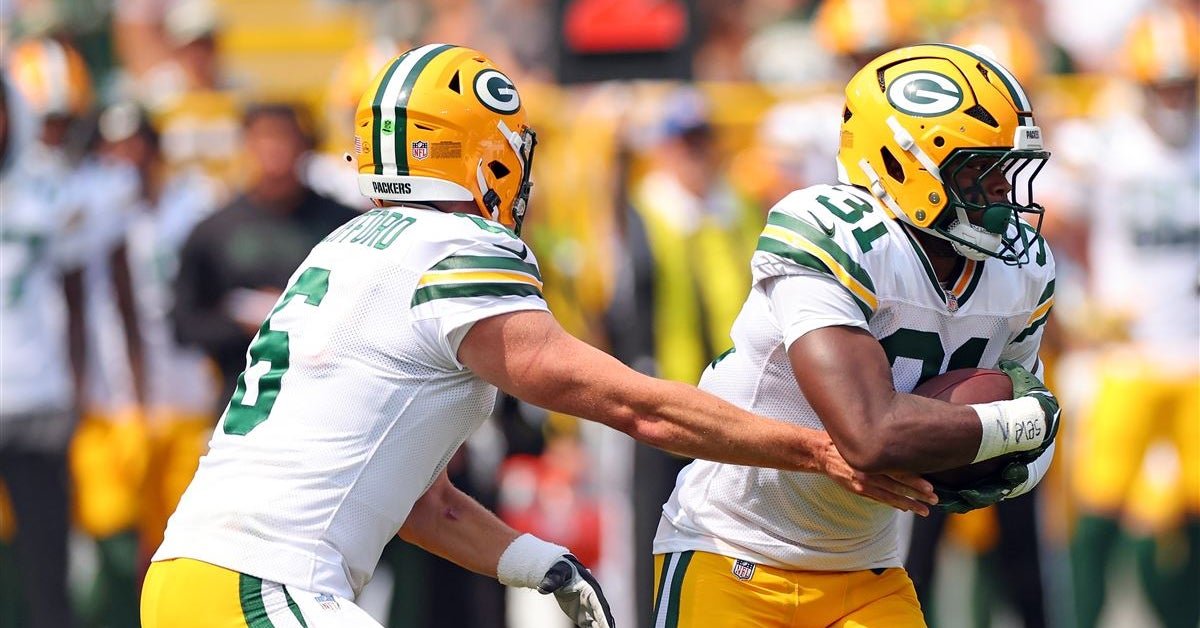- EUR/GBP holds losses after the positive UK Retail Sales data release on Friday.
- UK Retail Sales improved by 0.5% and 1.4% for MoM and YoY, respectively, in July.
- Eurozone GDP growth has increased bets for two potential rate cuts by the ECB by October.
EUR/GBP extends its losses for the second consecutive day, trading around 0.8530 during the Asian session on Friday. The EUR/GBP cross maintains its losses following the Retail Sales data from the United Kingdom (UK) released on Friday.
UK Retail Sales saw a 0.5% month-over-month increase in July, as anticipated, recovering from a previous decline of 0.9%. On an annual basis, sales grew by 1.4%, reversing the earlier 0.3% decline and meeting market expectations.
Additionally, UK GDP figures reported on Thursday that the UK economy expanded by 0.6% quarter-on-quarter in the second quarter, in line with expectations. Year-on-year, GDP increased by 0.9% in Q2, matching expectations and up from the 0.3% recorded in Q1.
Finance Minister Rachel Reeves highlighted that the latest data underscores the challenges facing the new government and reiterated her stance that difficult decisions will be necessary to improve economic fundamentals, according to Reuters.
In the Eurozone, on Thursday, recent data indicated a sharp drop in investor confidence and an unexpected decline in industrial activity. Despite this, preliminary Eurozone Gross Domestic Product (GDP) grew by 0.3% quarter-on-quarter in Q2, consistent with the previous period and in line with market expectations. Year-on-year, the economy expanded by 0.6%, as anticipated. This steady growth has increased speculation about two potential rate cuts by the European Central Bank (ECB) by October.
Economic Indicator
Retail Sales (MoM)
The Retail Sales data, released by the Office for National Statistics on a monthly basis, measures the volume of sales of goods by retailers in Great Britain directly to end customers. Changes in Retail Sales are widely followed as an indicator of consumer spending. Percent changes reflect the rate of changes in such sales, with the MoM reading comparing sales volumes in the reference month with the previous month. Generally, a high reading is seen as bullish for the Pound Sterling (GBP), while a low reading is seen as bearish.







